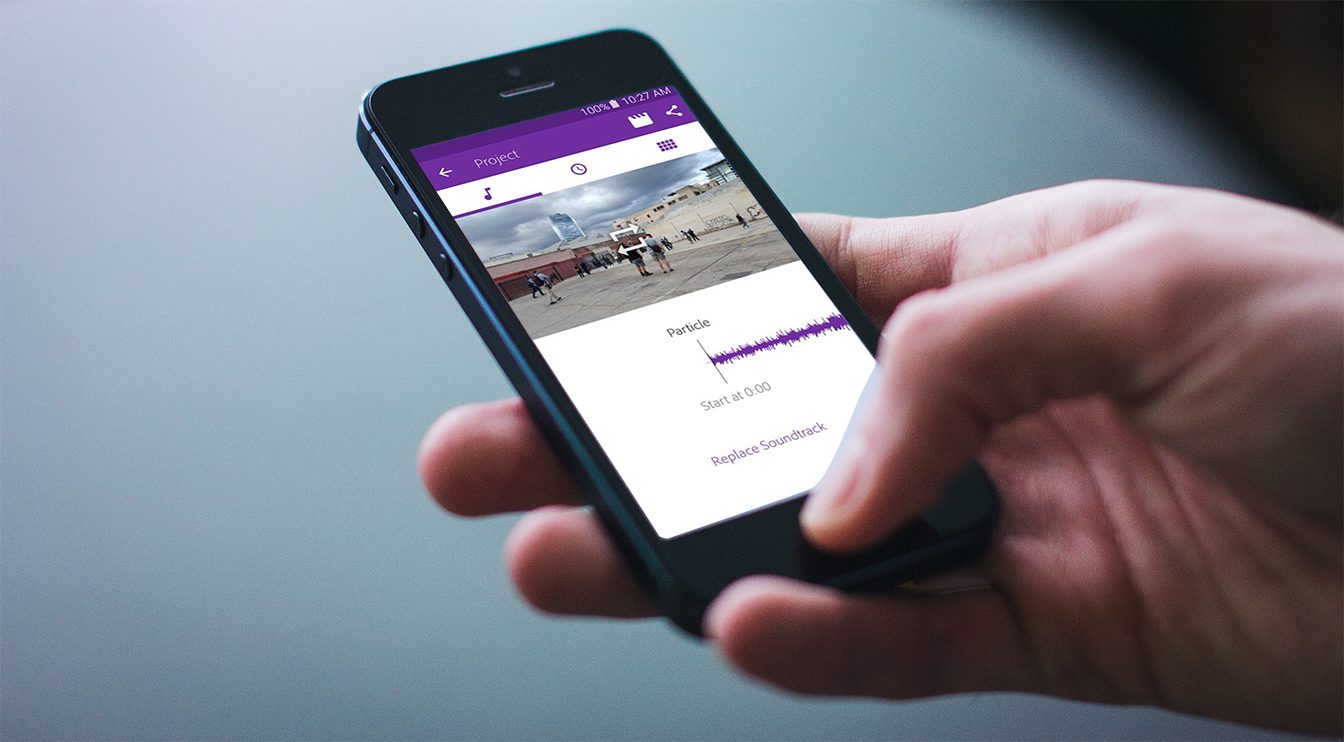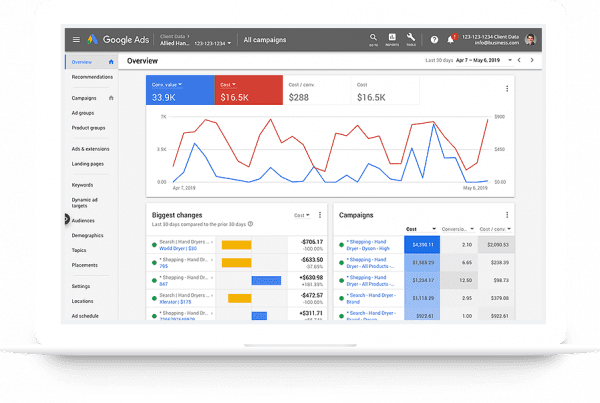As marketers, we would love to know how all of our leads originated. Far too often, PPC gets the boot with poor cost per lead (CPL) figures, and can be mostly blamed on click attribution issues. Attribution is simply defined as assigning credit to the source which generated the initial (or final) action. So for example, let’s say you’re running a paid search campaign and you get 100 new visitors to your website. However, only 2 of them make a purchase. Unbeknownst to you, an additional 5 purchases came in over the next 7-10 days, but the source was either “direct” or from some organic search term. In this case, the marketer might attribute 2 sales to PPC, and 5 to SEO, and SEO might win in terms of lower cost per lead. So what’s the solution?
Multi-Channel Analytics & Funnel Analysis
Google recently launched a new feature which attempts to solve this attribution problem, and show improved ROI on AdWords. Of course, Google is always interested in finding ways to show PPC really does work, and in this case, rightly so. But check this out. If you’ve properly tied your AdWords account to your GA account, and setup goals, you will see this Venn diagram. You’ll find it under the Conversions section.
In this small e-commerce website, we can see that 4.65% of the conversions occurred when a visitor clicked on a paid ad, and THEN came in later by typing in the domain name directly. Without this, the marketer may be quick to assume that the 2 sales from the direct path were not in any way influenced by paid search. Now, this is neat. I can also see what my “lag time” is between first click attribution, and the actual point of purchase. Why do you care about this? Well, if you have enough sales happening too far after first click, you may want to try to run a promotion to those visitors who are “on the fence” about your product or service.
First Click Attribution vs. Last Click Attribution
Marketers often debate whether to give the “first click” credit for the sale, or the “last click”. Some might argue that even though the PPC ad created the interest and got the visitor into the funnel, it was the “last click” that finally sold them, and so that should get the credit. This is certainly a valid point, but you have to look at a few more things, such as: a) was there a coupon or discount that may have led to the final decision?; b) was the PPC landing page set up as a lead generation, or a hard sale (i.e. “Buy Now”)?; c) was there a pricing matrix or downloadable whitepaper that may have led to the purchase decision? In other words, did the last click lead to a decision-making point? If so, maybe then you assign the credit to the last click, and measure PPC in terms of “cost per lead” only.
















